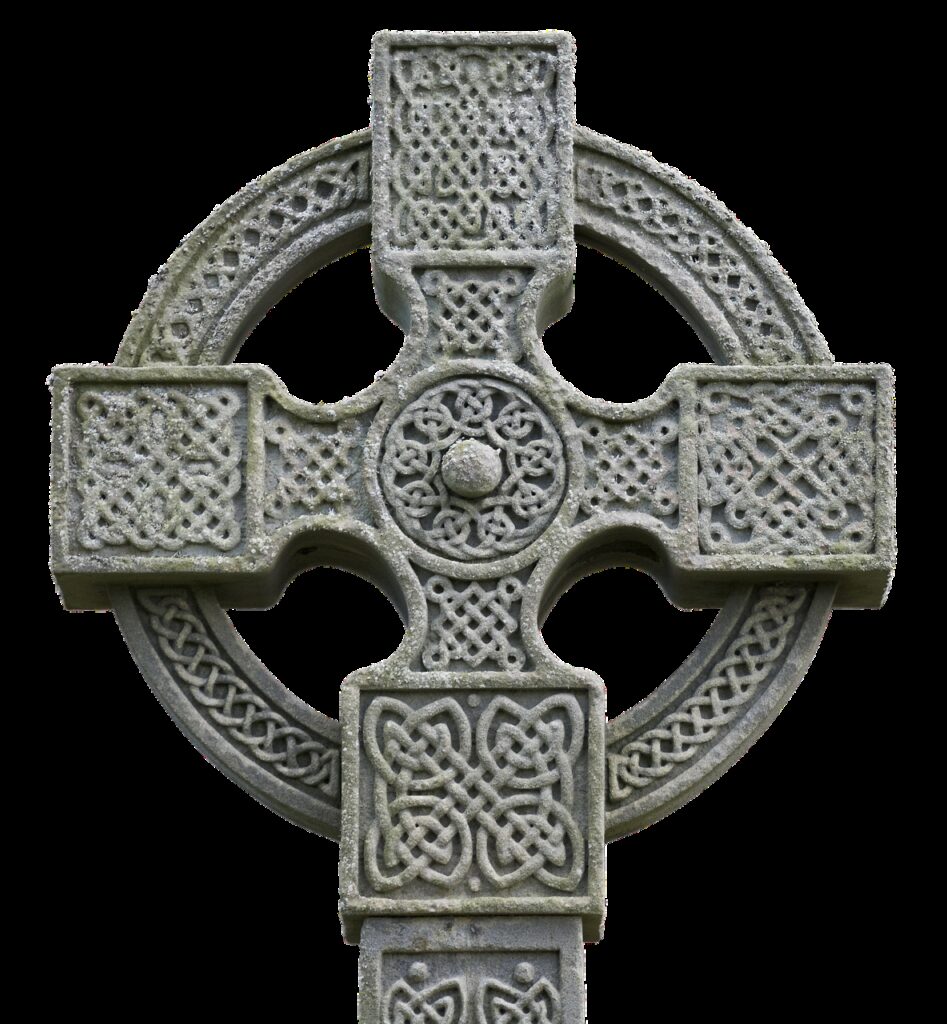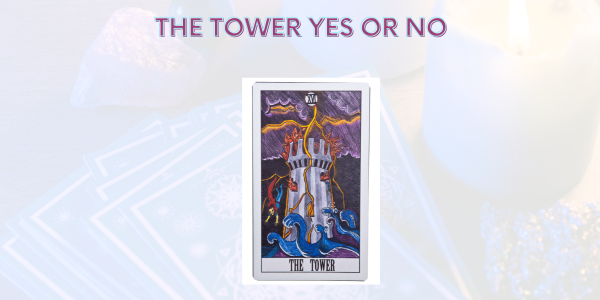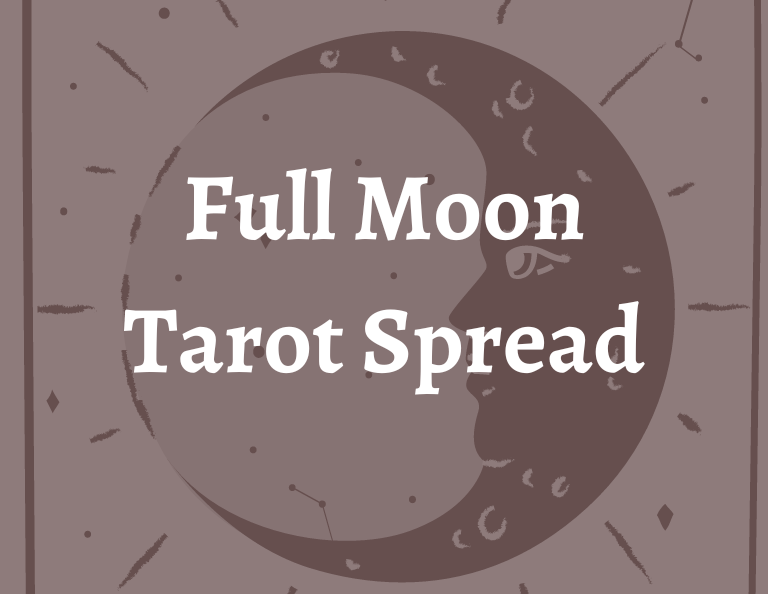A Beginner’s Guide to the Celtic Cross Tarot Spread
So you’ve mastered the basics of tarot reading and now you’re ready to dive into your first spread. The Celtic Cross is a classic spread that’s perfect for developing your intuitive skills and gaining insight into complex situations.While it may look complicated at first glance, the Celtic Cross spread is actually quite straightforward. The 10 cards in the spread each represent a different aspect of your inquiry and the overall reading provides a well-rounded perspective on where you are now, what’s influencing your situation, your goals, and the possible outcomes. With a little practice, the Celtic Cross can become one of your go-to spreads. This beginner’s guide will walk you through the card positions and layout, provide tips for interpreting the cards, and give examples to help you become comfortable with this powerful spread. By the end, you’ll be reading the Celtic Cross spread like a pro!
What Is the Celtic Cross Tarot Spread?
The Celtic Cross is one of the most well-known and commonly used tarot spreads. It provides insight into your past, present and future while giving you an overview of the energies surrounding your question or situation.
To get started, shuffle your deck and lay out ten cards in the shape of a cross, as shown in the diagram below.
- The Heart of the Matter – This central card represents the crux of your question or situation. It signifies what’s most important for you to focus on.
- Challenge – This card points to obstacles, struggles or influences that are challenging you or holding you back. It can represent external factors or self-limiting beliefs.
- Past Foundation – This card reflects events or established patterns from your past that have led you to your present situation. It shows the underlying roots or source.
- Future Possibility – This card provides insight into how your situation may unfold if current circumstances continue unchanged. It reveals a potential outcome.
- Above (Conscious) – This card signifies your current thoughts, values or intentions relating to your situation. It reflects what’s on your mind.
- Below (Unconscious) – This card represents underlying feelings, desires or motivations that influence your situation in hidden or subtle ways. It shows what’s beneath the surface.
- Advice – This card offers recommendations and guidance to help improve your situation. It suggests a wise course of action.
- External Influences – This card signifies people, events or factors outside of your control that are impacting your situation in either positive or negative ways.
- Hopes and Fears – This card reveals your hopes, dreams, apprehensions or anxieties relating to your question or situation. It signifies what you long for or worry could happen.
- Outcome – This final card indicates where your situation is headed and how it’s likely to turn out based on both your current trajectory and the potential impact of the other cards. It shows a probable conclusion.
How to Lay Out the Celtic Cross Spread

To perform a Celtic Cross spread, you’ll need your tarot deck, a table or flat surface, and a comfortable chair.
Laying Out the Spread
First, shuffle your deck to energize the cards with your intention and questions. Next, lay out ten cards in the shape of a cross, as follows:
- The first card is placed in the center. This represents your current situation.
- The second card is placed above the first card. This covers the immediate challenge or influence in your situation.
- The third card is placed below the first card. This represents the foundation of the situation, often the root cause.
- The fourth card is placed to the left of the first card. This signifies the recent past that has led up to your current situation.
- The fifth card is placed to the right of the first card. This represents the potential outcome or future possibilities.
- The sixth card is placed above the fourth and fifth cards. This signifies your hopes, goals or ideal outcome.
- The seventh card is placed below the fourth and fifth cards. This represents your fears, obstacles or worst-case scenario.
- The eighth card is placed to the left of the sixth and seventh cards. This signifies the opinions or influence of people around you.
- The ninth card is placed to the right of the sixth and seventh cards. This signifies your hopes, goals or ideal outcome. This can indicate future influences or events that will be important.
- The tenth and final card is placed at the bottom, representing the overall outcome or resolution of your current situation based on your current trajectory. This is subject to change based on the actions you take.
Take your time to interpret the story and relationships between the cards. How do the cards interact and influence each other? What is the progression and how might the outcome unfold? The Celtic Cross can reveal deep insights into your situation, so be open to the wisdom in the spread.
Interpreting the Positions in the Celtic Cross
The Celtic Cross tarot spread uses 10 cards to explore different aspects of your question or situation. Each position in the spread has a specific meaning and interpretation.
1. The Present
This card represents where you currently stand in relation to your question or situation. It highlights the core challenges, themes, and energies that are most active for you now.
2. The Challenge
This card signifies the obstacles, struggles or blocks that may be holding you back. It points to what’s preventing you from achieving what you desire. Examine this card closely for guidance on releasing what no longer serves you.
3. The Past
This card provides insight into events from your past that have led you to your present situation. It often reflects attitudes, beliefs or behaviors that you may need to release or transform in order to move forward.
4. The Future
This card gives you a glimpse of what is likely to come in the future if your current situation remains unchanged. However, the future is unwritten. This card shows you the most probable outcome based on your present trajectory, which you have the power to alter.
5. Your Conscious Mindset
This card represents your current thoughts, values and priorities relating to your question. It provides clarity into your conscious motivations, desires and intentions. Examine how this mindset is supporting or sabotaging your highest good.
6. Your Subconscious Mindset
This card taps into subconscious beliefs, habits and patterns that influence your situation in hidden ways. It highlights underlying fears, insecurities and limitations that may be blocking you from progress. Bring awareness to these deeper layers within yourself.
7. External Influences
This card signifies people, events or factors outside of your control that are impacting your situation. It reflects energies in the environment around you, showing you how to best adapt and respond. Seek to understand the lessons and meaning behind external events.
8-10. Hopes/Fears, Final Outcome, Overall Energy
The final 3 cards provide additional insight and guidance relating to your hopes, fears, the ultimate outcome and overall energy of your question or situation. Look at these cards together for a summary of key themes and takeaways from your reading.
Developing Intuition: Enhancing Your Celtic Cross Readings
To get the most out of your Celtic Cross readings, you need to tap into your intuition. This spreads relies heavily on your ability to interpret the cards and see the bigger picture they paint. The more you practice, the stronger your intuitive abilities will become.
Focus Your Energy
Before starting a reading, take a few deep breaths to clear your mind and center your focus. Light a candle or incense if it helps you relax and concentrate. Look at the spread as a whole and reflect on the question or situation you want insight into. This will make the meanings and connections between cards more apparent.
Notice Patterns and Connections
Look for cards with similar imagery, numbers, or suits that create a pattern. The cards that stand out the most often have the strongest messages. Pay attention to where certain cards fall in the spread – their position and proximity to other cards is meaningful. Look for a progression or story that unfolds throughout the spread. These connections and patterns tap into your intuitive understanding.
Interpret Minor Details
Tune into the subtle details on each card, not just the main imagery. Things like colors, symbols, background scenes, numbers, and directions can provide clues. For example, a sun in the background could represent new beginnings or clarity coming to a situation. Multiple characters facing left could indicate a need to look to the past. Small details are easy to overlook but can offer profound insights.
Go With Your Gut
If a card or series of cards gives you a strong instinctual feeling, pay attention to it. Our intuition often communicates through sensations, emotions and gut reactions. Don’t second guess yourself – go with your initial interpretation. The meanings you intuit yourself will be far more powerful than any memorized definitions.
With regular practice, your intuition will strengthen, allowing your Celtic Cross readings to become more insightful and personally meaningful. Learning to trust your instincts is key to mastering the intuitive art of tarot.
Tips for Reading the Celtic Cross Tarot Spread
Once you’ve laid out the Celtic Cross spread, here are some tips to help interpret the cards.
Slow Down
Take your time with each card. Don’t rush into interpretations before you’ve observed all the details and symbolism in every card. Sit with one card at a time and free associate words, phrases and images that come to mind.
Look for Patterns
Look for repeating symbols, numbers or suits across the spread. Themes that emerge through several cards will point to important messages or lessons. Notice if cards are in a sequence or form a circle.
Consider Card Position
The position each card falls in the spread also shapes its meaning. The center card represents what’s most important right now. Cards to the left depict the recent past, to the right the near future. Above reflects what’s on your mind, below what’s affecting you unconsciously.
Connect the Cards
Once you’ve interpreted each card individually, look at how the cards relate to and interact with each other. For example, how the card crossing the center card modifies the focus of the reading. Or how the final outcome card builds upon the preceding cards. The connections between the cards are key to unlocking the full meaning and story of your reading.
Ask Questions
If any part of the reading is unclear, ask the cards for clarification. Pull another card to get more details about a particular card or section of the spread. Questions can also help to confirm or further illuminate interpretations you’re forming. The tarot is a dialog, not a monolog!
Following these tips will help make your Celtic Cross readings insightful, nuanced and personal. With regular practice, interpreting the cards will become second nature.
Common Questions About the Celtic Cross Tarot Spread
Once you’ve laid out the Celtic Cross spread, you may have some questions about interpreting the cards. Here are some of the most common questions that come up for beginners:
- How do the card positions relate to each other? The cards in the Celtic Cross spread work together to tell a story. The first six cards represent the present and recent past. Cards 7 through 9 represent external influences on the situation. The final two cards represent the likely outcome.
- What if I don’t understand a card? Don’t worry if you struggle with interpreting a particular card. Tarot reading is a learned skill that takes practice. Refer to a tarot guidebook or website to look up the meaning for each card. The imagery, symbols and keywords will help shed light on the card’s meaning.
- How do reversals impact the reading? Reversed cards, where a card is upside down, can indicate the opposite or a weakened meaning of a card. For example, the reversed Lovers card can signify a lack of harmony or bad relationship. Reversals add more nuance to a reading but are optional. You can choose to read reversals or not.
- What if the reading doesn’t seem accurate? No tarot reader is 100% accurate 100% of the time. Many factors can influence a reading like the reader’s experience level or biases and the seeker’s own interpretations. Don’t take any reading as gospel. Look for cards and interpretations that do resonate as insightful. The rest may become clearer over time or with another reading.
- How often should I get a reading? There’s no set rule for how often to get a Celtic Cross reading. For some, an annual or biannual reading is common. For others, a reading when faced with an important life decision or during times of transition can be useful. In the end, get a reading as often as you find helpful and insightful.
With regular practice, the Celtic Cross spread will become second nature. But don’t hesitate to refer back to resources or ask experienced readers if you have additional questions. Tarot is a journey, so take your time and enjoy learning!
Conclusion
Now that you’ve learned the basics of the Celtic Cross spread, you’re ready to start practicing. Don’t worry if you struggle at first – reading tarot cards takes time and patience. The more you do it, the easier it will get. Pay attention to your intuition and the imagery on the cards, not just the meanings in the guidebook. Let the story of the reading unfold before you. Have fun with it! Tarot is meant to provide insight and guidance, so try not to take it too seriously. With regular practice, the Celtic Cross can become a powerful tool for self-reflection and gaining a new perspective on your life’s journey. You’ve got this! Now shuffle those cards and see what mysteries they reveal.
Reconciliation Tarot Spread

I’m Pinterest Marketer and blogger with over several years of experience, I love positivity and have a growth mindset.






